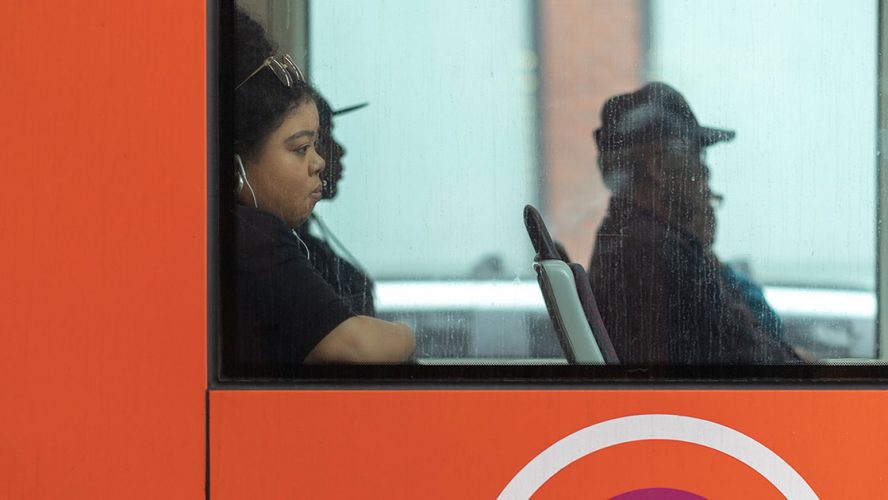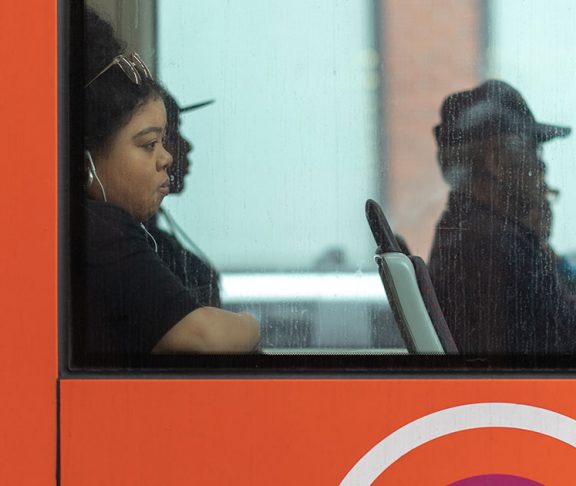Every trip counts. And for someone dealing with an MS diagnosis, figuring out how to get to appointments should be something easy to deal with.
More than 1 million people in the United States are believed to be living with multiple sclerosis (MS). With approximately 200 new cases diagnosed every week, there are a growing number of people who find themselves overwhelmed with medical appointments, prescriptions and a new reality to which they must adapt. Efficient, cost-effective mobility is vital to MS patients.
One reason is missed appointments. No-shows are expensive, costing the health care industry more than $150 billion a year. Missed appointments hurt health care providers, but not as much as patients. Those who regularly miss appointments are more likely to battle with chronic conditions and prolonged medical concerns.
A lack of transportation accounts for an estimated 3.6 million annual no-shows. Transit operators, health care providers and communities across the country are working hard to dramatically shrink this number by providing access to safe, reliable transportation — the type of mobility local transit providers offer all across the country every day.
Routing your ride without breaking the bank
If you are covered under Medicaid, you can take advantage of the program’s non-emergency medical transportation (NEMT) benefit, which allows you to ride your local, regional or state public transportation system at no additional cost to you.
Private health insurance plans are offering more options for NEMT services. Reach out to your local transit operator to learn if they provide services close to your home and destination or if they offer on-demand service. Ask your health care provider if they can assist with paying for and scheduling trips.
As an MS patient, you could be facing more than seven medical appointments a week at first — ranging from neurological to optometry — then decreasing in number as your symptoms become more controllable. Working through your transportation options might seem daunting, but by following the steps above, it can become manageable.
Transportation: A solution, not a hurdle
As research is closing in on a cure, communities need to continue to work together to support those living with MS. Effective transportation is critical and should not present itself as a barrier during treatment. Your local community or public transit organization is here to serve you.

